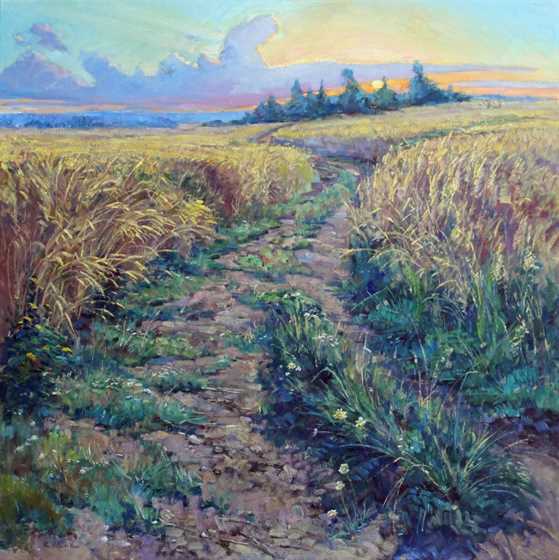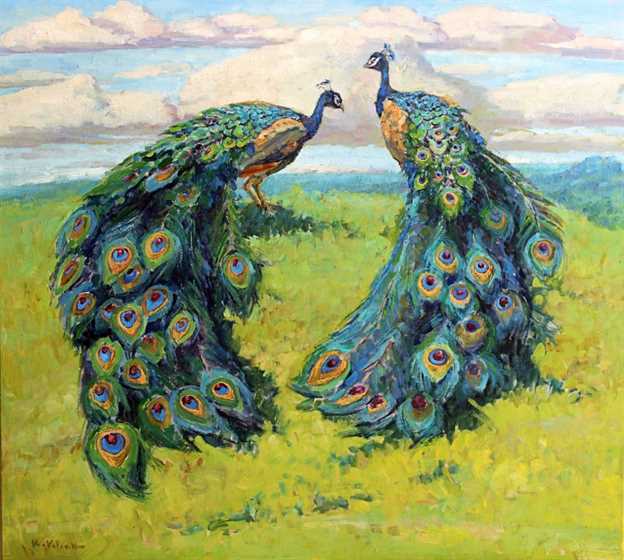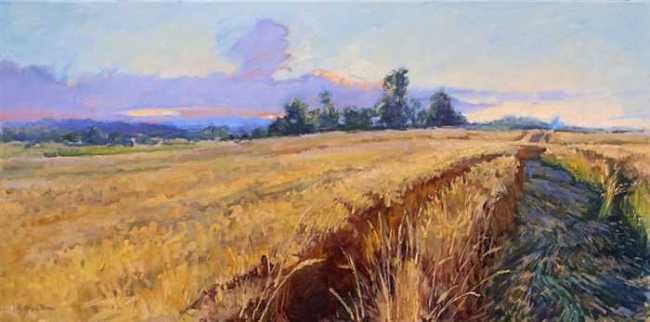Phone: (647) 894 7706
Students in oil painting classes have learnt how easy it can be for backgrounds to end up being a forgotten element for a compositional set up. What can typically end up following this is an area that is devoid and hollow in regards to its features and ends up as a stark contrast to the other, more detailed, elements in the landscape painting. This has such large implications that it has the potential of ruining the entire landscape painting, irrespective of how well painted other objects in the same scene are.

Taking steps to avoid this disheartening pitfall can be circumvented through familiarizing yourself with well-documented and practiced habits. Oil painting classes under the instruct of highly trained artists will inform you to the importance of paying heed to elements known as “positive” and “negative” shapes:
Positive shapes – the objects that exist within the frame of your landscape painting; a solid sculpture, a building, a chair, etc.
Negative shapes – the intervals between the objects of your landscape painting; skies, embankments, cliff faces, etc. It is important to note that negative shapes can have their own characteristics such as shadows and reflections.
It is therefore crucial to consider the interplay between positive and negative shapes, learnt during your oil painting classes, when developing your composition for a landscape painting; it is vital that these two components be provided the same level of importance.

Balance Is Key
Large swathes of negative space, such as skies, localized to a particular area of your composition can end up detracting from the framing and grounding you want to express in your landscape. It is a smart idea to consider combating these potential issues by having focal points in mind; repeating straightforward elements can provide the feeling of texture and help guide to eye to areas you wish to draw them to.
Should you find yourself with an area of your landscape composition containing a copious amount of one specific shape type, try experimenting with a techniques such as reframing your viewpoint, shuffling objects, and varying the contour, size and perspective – it can help make all the difference regarding balance in your painting.

What Kind of Backgrounds Should I Start With?
The most striking backgrounds can actually come from the simplest ones - landscapes such as coastlines, cornfields or a sunset at sea. Simple backgrounds provide a fantastic backdrop to put into practice some fundamental skills you’ll learn during oil painting classes – such as contrasting different shades to act as a powerful focal point, or imposing angled lighting onto the scene to provide a deeper sense of texture.
Where Can I Put All This into Practice?
We provide an extensive range of art classes at the VR School of Art, these include landscape painting, and oil painting classes – both of which are exceptionally well received thanks to our dedicated and experienced teachers. We always endeavor to create as inclusive an atmosphere as possible, meaning our classes are open for students of all ages and experience levels. If you’re keen for an exceptional art experience in Toronto then feel free to get in touch with us!